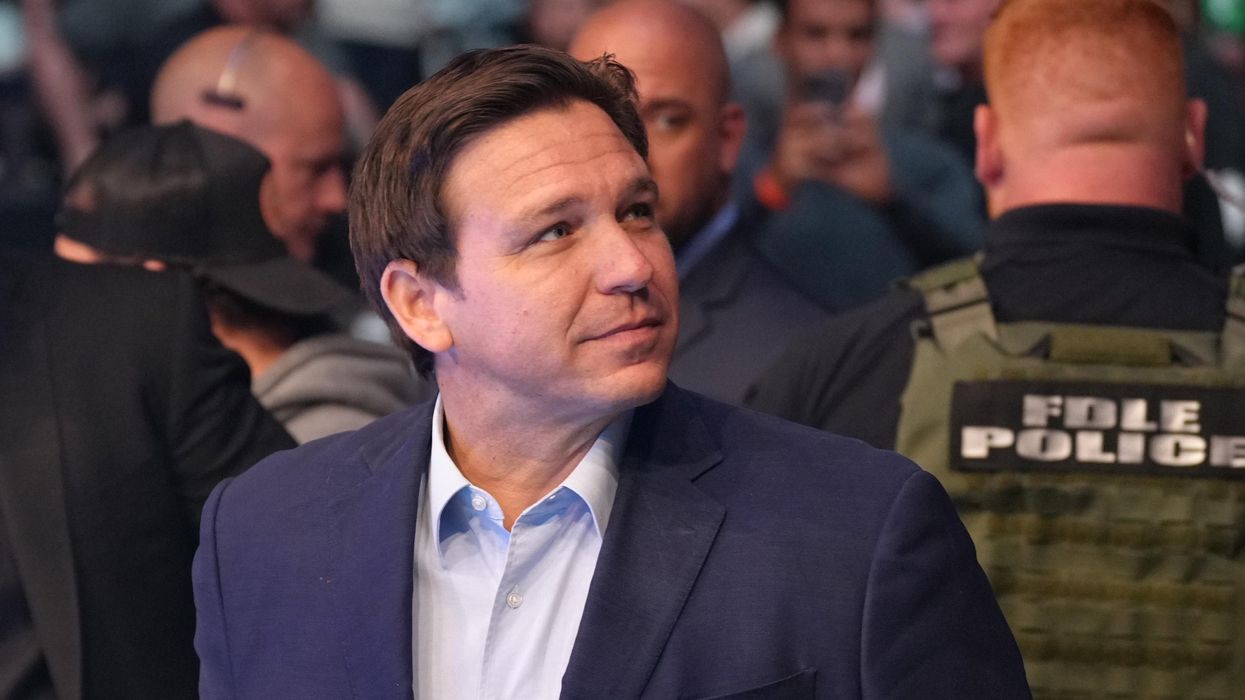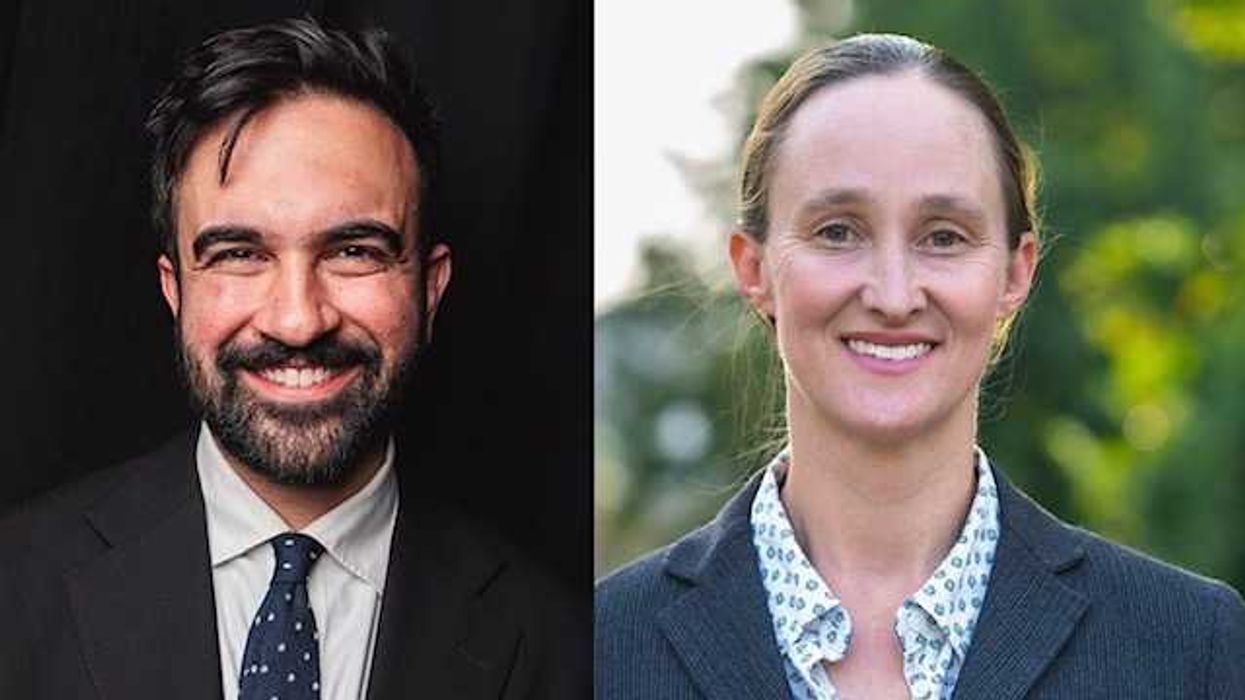Across the country, the congressional redistricting process is handled by state legislatures, commissions or a hybrid of the two. But Florida went in a new direction this year, with lawmakers ceding control of the line-drawing to Gov. Ron DeSantis.
And the result is a partisan map that favors DeSantis’ Republican Party more heavily than the one offered by the GOP-controlled Legislature – and vetoed by the governor.
There have been numerous instances where a governor has vetoed a map approved by state lawmakers, but Florida went a step further this year. Critics say the move is an abdication of responsibility that hands too much power to one person.
How did this happen?
The Florida Constitution assigns the redistricting process to the Legislature, and lawmakers began the 2022 round of congressional mapmaking in January. The Senate passed a bill setting new district lines Jan. 20, and the House passed a modified version on March 4 with the Senate quickly agreeing to the changes and sending the bill on to DeSantis.
But that traditional legislative path had added layers of complication. The bill lawmakers passed included a “backup” map that altered the lines for an area in the northern part of the state that was drawn as a majority-Black district, in case the primary map was deemed unconstitutional by the courts. Either map would have likely increased the Republican majority in the delegation by one seat.
The state constitution says districts may not be created “with the intent or result of denying or abridging the equal opportunity of racial or language minorities to participate in the political process or to diminish their ability to elect representatives of their choice.” However, DeSantis claimed the proposal was an illegal racial gerrymander as defined by the U.S. Supreme Court, while his opponents say it was valid under the Voting Rights Act.
DeSantis asked the state Supreme Court to issue an advisory opinion declaring the proposed maps unconstitutional, but the court refused to weigh in. The governor then threatened to reject the Legislature’s map (and backup) while the bill was being debated, fulfilling his promise on March 29 and requiring the Legislature to return for a special session to approve a new map.
That session is scheduled to begin Tuesday, but leaders of both chambers announced earlier this week that lawmakers will not produce new maps.
“At this time, Legislative reapportionment staff is not drafting or producing a map for introduction during the special session,” Senate President Wilton Simpson and House Speaker Chris Sprowls wrote in a memo. “We are awaiting a communication from the Governor’s Office with a map that he will support. Our intention is to provide the Governor’s Office opportunities to present that information before House and Senate redistricting committees.”
An earlier map offered by DeSantis was deemed exceptionally partisan by the Princeton Gerrymandering Reportcard. On Wednesday, DeSantis released his latest proposal, which appears likely to give Republicans four additional safe seats, compared to the current map, while eliminating two majority-Black districts.
The proposal is expected to win legislative approval before getting hit with lawsuits. Marc Elias, a Democratic lawyer who has filed election-related lawsuits across the country, has promised a new one in Florida.
If this map is enacted, Florida will be sued.https://twitter.com/MappingFL/status/1514349071313432578\u00a0\u2026— Marc E. Elias (@Marc E. Elias) 1649884839
Separation of powers
Ryan Newman, general counsel in the governor’s office, explained in January why DeSantis was weighing in on redistricting at such an early stage.
““We have submitted an alternative proposal, which we can support, that adheres to federal and state requirements and addresses our legal concerns, while working to increase district compactness, minimize county splits where feasible, and protect minority voting populations,” he told Florida Politics. “Because the Governor must approve any congressional map passed by the Legislature, we wanted to provide our proposal as soon as possible and in a transparent manner.”
But Democrats have been heavily critical of the governor, accusing him of overstepping.
Rep. Al Lawson, one of the Black members of Congress likely to lose his seat under DeSantis’ plan, criticized state lawmakers for giving way.
“The Florida Legislature is caving to the intimidation of DeSantis and his desire to create additional Republican seats in Congress by eliminating minority-access districts,” he said. “Previously, the Florida Supreme Court scolded the Florida Legislature for injecting partisan politics into the reapportionment process. Florida voters were hopeful that legislators would have learned their lesson. They did not. Again, I am not surprised, but disappointed with the Legislature’s inability to fulfill their constitutional duties as elected officials without political interference from DeSantis.”
Similarly, the Miami Herald editorial board called out the Legislature for handing over its responsibility:
“What happened to check-and-balance government, designed to stop any one branch from seizing too much control? What happened to separation of powers? Florida has already mostly been one-party rule, with the governor and Legislature in Republican hands. Are we now turning into a state of one-man rule?”
Florida is typical … to a point
While DeSantis’ role in crafting the congressional map is highly unusual, and possibly unique, Florida’s standard process is common around the country.
Legislatures are fully responsible for the congressional redistricting process in 33 states, according to Ballotpedia, with eight states relying on redistricting commissions and two using hybrid systems. (The remaining states do not have congressional redistricting because they only have one representative in the House.)
And vetoes are common as well. Just this year, governors have nixed a number of maps, although that usually occurs when the governor represents a different party than the legislative majority.
For example, Tom Wolf (Pennsylvania), Laura Kelly (Kansas), John Bel Edwards (Louisiana), Tony Evers (Wisconsin) and Andy Beshear (Kentucky) are all Democratic governors who vetoed maps approved by Republican lawmakers this year.
In Maryland, Republican Larry Hogan vetoed a congressional map.
But in each of those states, the process continued as expected and defined – either through normal legislative activity or a court review.
The filing deadline to run for Congress in Florida is June 17.



















